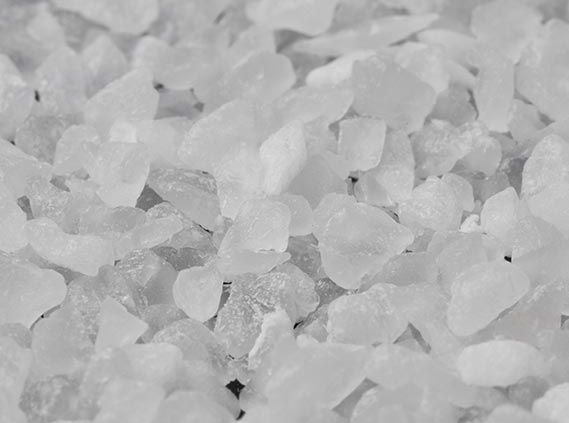Polydioxanone (PDO) Polymer for Bioresorbable Medical Devices
Overview:
Polydioxanone (PDO) has gained increasing interest in the medical and pharmaceutical fields due to its unique properties, intermediate degradation, and excellent tissue response in vivo. PDO is a synthetic, polyether-ester-based bioresorbable material that is prepared via the ring-opening polymerization of p-dioxanone (Figure 1) and is commonly used in absorbable medical devices. PDO is a colorless solid exhibiting a melting temperature (Tm) of ~110 °C, a glass transition temperature (Tg) between -10 and 0 °C, and crystallinity of ~55%. PDO-based materials are typically more flexible and weaker than homopolymers of polyglycolide (PGA) and polylactide (PLA), exhibiting a tensile modulus in the MPa range rather than the GPa range. Additionally, PDO-based materials are significantly more challenging to process than other bioresorbable materials due to PDO’s light sensitivity and propensity to depolymerize during melt processes. Despite its challenges, polydioxanone offers an ideal material choice for absorbable implants requiring functional strength loss within four (4) to six (6) weeks and full mass loss within six (6) to nine (9) months depending on processing, physiological environment, and anatomical location.

Polydioxanone (PDO) Degradation:
Like most polyester-based polymers used in manufacturing bioresorbable medical devices, PDO-based materials degrade via bulk erosion where water diffuses within the polydioxanone material and slowly hydrolyzes the polymer chains. Generally, the PDO polymer will first exhibit a decrease in average molecular weight, followed by a decrease in strength, and lastly a decrease in overall mass. Polydioxanone is degraded and metabolized into small molecules that are then excreted, circumventing the need for a surgical procedure to remove the implant. Polydioxanone is also known to be highly biocompatible in comparison to 100% PLA-based materials that exhibit significant inflammatory response due to lactic acid buildup at the implant site.
Polydioxanone (PDO)-based Bioresorbable Medical Devices:
The synthesis of polydioxanone was patented in 1977 by a team of material scientists at Ethicon, Inc. and was subsequently utilized in the first reported PDO-based medical device in 1981, the PDSTM II suture. PDSTM II suture has been offered in sizes ranging from USP 7-0 to 1 and was subsequently used in the PDS mesh also marketed by Ethicon in 1985.
After the initial suture and mesh product releases, polydioxanone was not rapid utilized outside of extrusion-based processes, due to challenges associated with processing the material and limited suppliers of bulk polymer. Over the past thirty (30) years, polydioxanone has become a more mainstream material for use in bioresorbable medical devices ranging from the Orthosorb® absorbable pin for orthopedic bone fixation, the Lapra-Ty absorbable suture clip, as well as barbed sutures.
Poly-Med offers Polydioxanone (PDO) Polymer as well PDO Conversion to Final Devices:
Poly-Med offers off-the-shelf Dioxaprene® 100M polymer granules as well as 3D printing filament for fused deposition modeling (FDM) methods. Poly-Med has deep experience with processing polydioxanone in a controlled fashion and also offers contract manufacturing services to transform Dioxaprene® 100M polymer into custom constructs. Contact us today to purchase off-the-shelf PDO polymer and 3D printing filament, or to develop your next PDO-based bioresorbable medical device in partnership with us!



